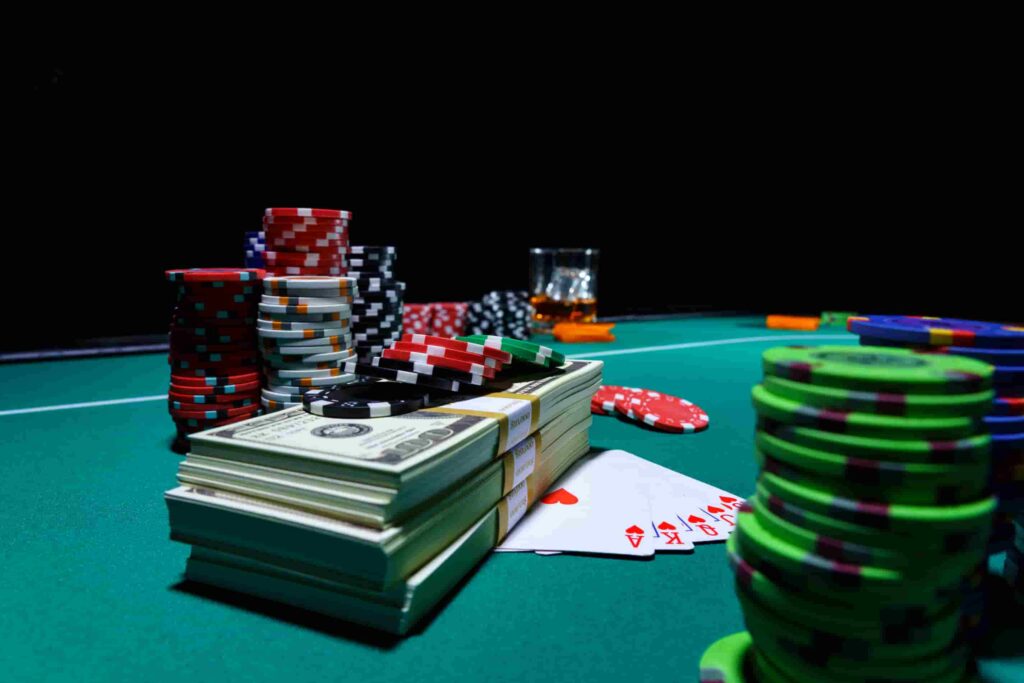Slots have long been a cornerstone of casino entertainment, evolving from the mechanical machines of the early 20th century to today’s advanced digital experiences. While classic slots remain popular for their simplicity and nostalgia, modern video slots have taken over much of the online market with their flashy graphics, bonus features, and immersive gameplay. For many players, the most important question is not just about style but about payouts. Do classic slots pay more than modern ones, or does the appeal of advanced features outweigh the potential returns?
The Appeal of Classic Slots
Classic slots are often inspired by the original fruit machines, featuring simple three-reel layouts and iconic symbols such as cherries, bars, and sevens. Their straightforward nature makes them easy to understand, with no complicated mechanics or overwhelming features. Many players enjoy them because they deliver a pure, traditional slot experience without distractions.
In the era of crypto betting, classic slots still hold their place on online platforms. These games are typically light on graphics and quick to load, making them accessible across devices and ideal for players who want fast, uncomplicated spins. Because of their simplicity, classic slots often have fewer distractions and a higher focus on the core gameplay, which can make wins feel more direct and less tied to complicated bonus rounds.
From a payout perspective, classic slots tend to have higher volatility, meaning they can pay out larger sums but less frequently. Some of these games also feature higher Return to Player (RTP) rates than modern slots, though this varies by title. Without flashy bonus mechanics to maintain, classic slots sometimes allocate more value directly into the base game payouts. This makes them attractive to players who prioritize straightforward chances of winning.

Modern Slots and Their Features
Modern slots, often called video slots, are the result of decades of innovation in digital casino gaming. They typically feature five or more reels, multiple paylines, and elaborate themes ranging from mythology and adventure to popular movies and TV shows. These games are designed not only for gambling but also for entertainment, providing cinematic visuals, immersive soundtracks, and complex bonus structures.
One of the major attractions of modern slots is the variety of special features they offer. Free spins, cascading reels, expanding wilds, and interactive bonus games add excitement and depth to the experience. Many modern slots also include progressive jackpots, where a portion of every bet contributes to a shared prize pool that can reach millions. These jackpots create enormous payout potential, far exceeding what classic slots usually offer.
However, the trade-off for these features is often a lower base game RTP compared to classic slots. The additional mechanics and jackpot contributions mean that some modern slots return less to the player in regular gameplay, focusing instead on rare but potentially massive wins. For players who enjoy suspense and entertainment value, this is part of the appeal. But for those seeking consistent payouts, modern slots may feel less rewarding in the short term.
Modern slots also tend to have more frequent small wins designed to keep players engaged. While these wins may not always cover the bet amount, they create a perception of progress and prolong gameplay. Combined with sophisticated graphics and engaging sound design, they provide a more interactive experience than their classic counterparts.
Which Ones Pay More?
The question of whether classic or modern slots pay more does not have a simple answer—it depends on what kind of payout players are seeking. Classic slots often offer higher RTP rates and more straightforward payouts, making them appealing to those who want a purer gambling experience with fewer distractions. Their high volatility also means that while wins may come less often, they can be significant when they do.
Modern slots, on the other hand, are more likely to feature enormous jackpots and entertaining mechanics that increase long-term appeal. While base game payouts may be smaller and RTPs slightly lower, the chance of hitting a massive progressive jackpot or unlocking feature-packed bonus rounds can make modern slots more attractive to risk-takers.
Ultimately, the choice between classic and modern slots depends on personal preference. Players who value simplicity, tradition, and consistent play may gravitate toward classic slots. Those who enjoy immersive themes, innovative mechanics, and the potential for massive wins may prefer modern video slots. Both types have their strengths, and neither is inherently better—it all comes down to the kind of experience a player is looking for.
Conclusion
Classic and modern slots each bring something unique to the casino floor. Classic slots emphasize simplicity, nostalgia, and sometimes higher RTP rates, offering a straightforward path to payouts. Modern slots deliver entertainment, advanced features, and life-changing jackpots, appealing to those who want a more immersive and risk-filled experience.
In the context of online and crypto betting platforms, players can easily explore both options, switching between traditional three-reel games and advanced video slots with just a few clicks. Whether the goal is steady wins or the thrill of chasing jackpots, the key is to choose the type of slot that matches personal expectations and bankroll strategy. Ultimately, both classic and modern slots continue to thrive because they serve different tastes, proving that there is no single answer to which ones pay more—only the one that feels right for each player.